
The authors of the IMAP Global Pharma & Biotech M&A Report counted 504 deals that were announced or closed in 2011 in the Pharma industry, with a total sum of disclosed transaction values of US$90 billion (2010: US$52 billion). There were significantly more transactions in the US$100 million to US$1 billion size range than in 2010 (81 compared to 31).
Of the 15 largest transactions – contributing approximately 70% to the sum of disclosed transaction values – six were R&D-driven, i.e., the target has few or no sales but owns promising research assets, such as a drug candidate.
The authors believe that mid-stage drug candidates will remain very much in demand, with very high valuations paid in licensing or M&A deals. However, targets will have to face extreme scrutiny of their scientific and pharmaeconomic merits, and must hit the right timing.
The reasons for the demand: In-licensing and acquisitions will obviously continue to be the prime route for Big Pharma to fill their pipelines with drug candidates. The ponds in which to fish are the candidate drugs owned by development-stage Pharma companies (companies with research programs but no or only little product-related sales). In June, SCRIP counted about 5,600 programs owned by development-stage Pharma companies. However, the potential of a candidate drug typically can only be assessed following the first data of phase II studies. And development-stage biopharma companies tend to focus all resources on the most advanced (“lead”) candidates, treating the others as “stepchildren” that are merely dragged along.
Hence the pool of really interesting projects (lead products in phase II or beyond) is much smaller, perhaps 850; and most of them, one would assume, are already licensed out to a Big Pharma partner. Good new drug candidates are extremely difficult to find.
For start-ups these might be the most important statements of the IMAP report. But the report touches on other issues that are also of interest such as the growth of the Chinese market.
The report can be downloaded from the Website of Kurmann Partners.
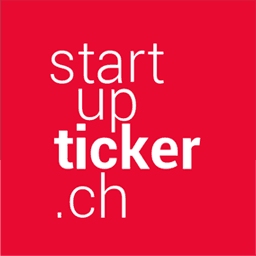

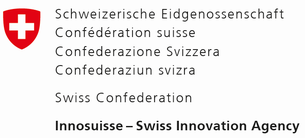
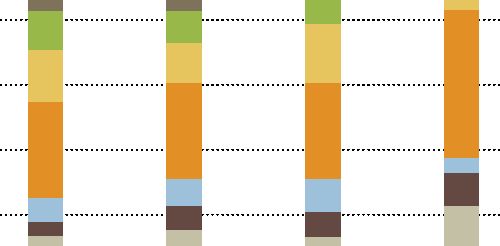

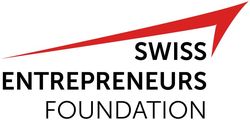


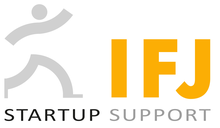




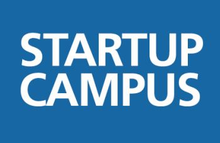
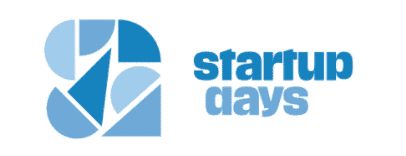



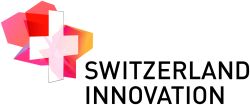
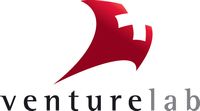
















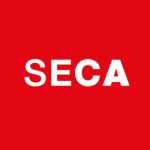


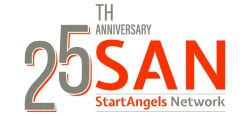









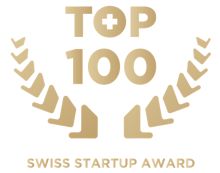





Please login or sign up to comment.
Commenting guidelines